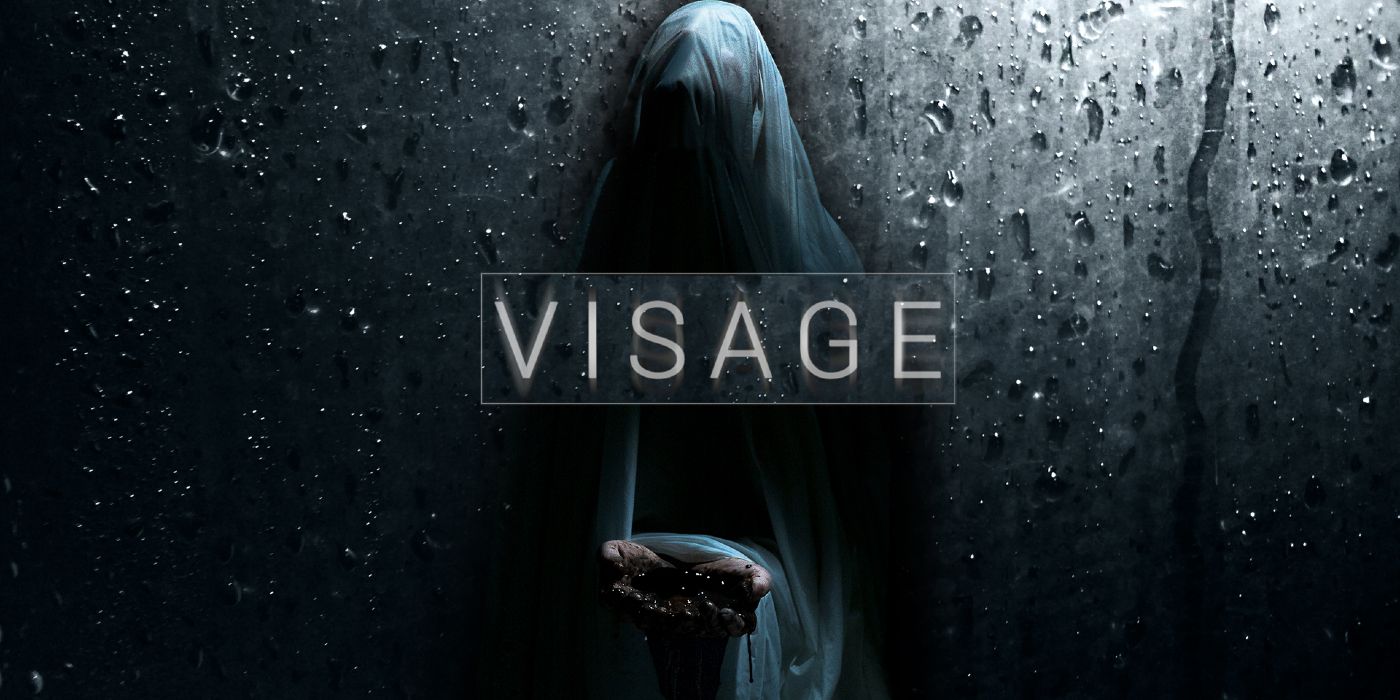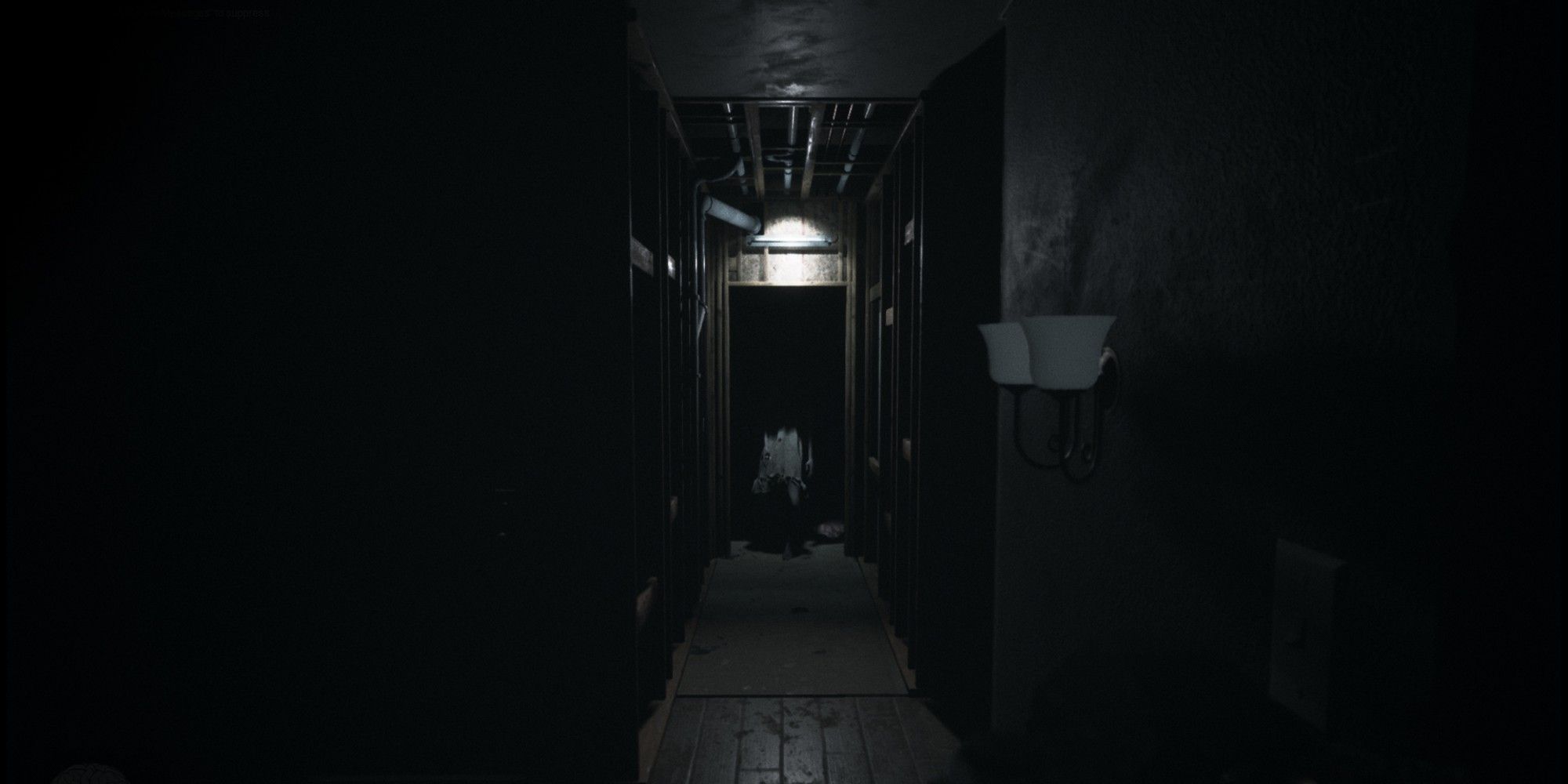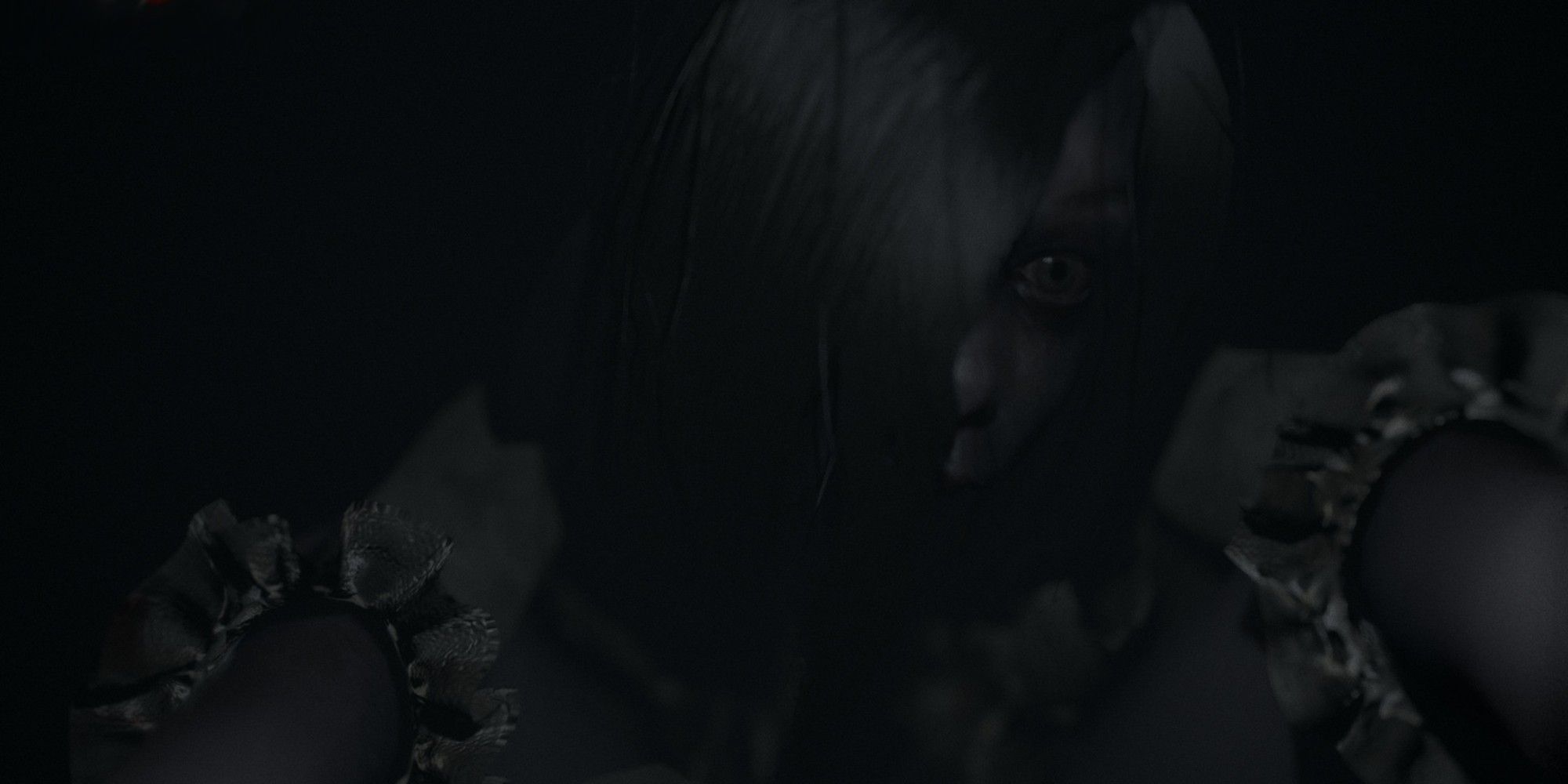For many years, survival horror games have tried to recapture the terror of PT in a full-length game, but few have gotten it quite right - until now. Visage, an indie survival horror game developed by SadSquare Studios, has been described as a spiritual sequel to PT. The game is set in a massive house that has seen generations of trauma and atrocity, from homicides to suicides to demonic possession. Players control Dwayne, a man who has committed an unspeakable act and is now being tormented by ghostly visions of the other awful things that have taken place in that house. Through the four chapters of Visage, Dwayne must follow clues and solve puzzles to escape the house, all while maintaining his sanity and trying to stay alive.
Visage succeeds at being a wholly unsettling, deeply disturbing experience. The player begins the game by confronting extremely graphic and troubling imagery of a murder-suicide, and things only seem to deteriorate from there. Visage's sound effects are haunting, and its ghosts manage to be terrifying no matter how many times a player encounters them. There are plenty of jumpscares throughout the journey, too, but never so many that they feel cheap or overdone. Instead, Visage's atmosphere does most of the scaring. The gameplay can get rough at times, with less-than-intuitive controls and puzzles designed to give players as little direction as possible. Despite this, Visage more than lives up to its promise of continuing what PT began and is likely to genuinely terrify and satisfy horror fans.
Atmosphere is undoubtedly the best thing about Visage. The environment itself is nothing groundbreaking: a large, messy house in the 1980s on a dark and stormy night, where paranormal events are common. Players are likely to see a ghost shuffling about every once in a while or standing and watching from the end of a dark hallway, and just like Phasmophobia's ghosts, they give off an unsettling vibe without always being present. What works about this environment is the sheer amount of exploration required, the lack of decent lighting despite players having almost full control of the lights, and the sound design. The house is enormous, and there is so much in it for players to pick up, examine, and otherwise explore. They are responsible for turning on light switches and lamps, checking drawers, examining trash, clothing, and toys for clues, and opening and closing doors. Something about having so much space, and so many ways to interact with that space, can let the players' imaginations fill in the blanks.
Sharp corners remain dark even with almost every light switched on, and every ambient sound in the house seems threatening. Just as the player gets used to the constant creaking of the chandelier or rain on the windows, a louder sound, like the radio or TV switching on, the lights switching off, or a a grandfather clock chiming breaks the relative silence, drowns the player in darkness, and puts them back on edge. Visage is excellent at tapping into a fear of the unknown, letting it seep into each action the player takes, and capitalizing on it without relying on over-the-top visuals or sensory overload.
The stories for each chapter in Visage are at their best when they focus on mental health and the debilitating effects of illnesses like dementia and schizophrenia. Lucy's chapter was the early access chapter for the game, and while it is the most technically and narratively developed, its premise of a child's demonic possession feels weaker and less relatable than the others. It also may not have been the wisest choice for the writers to spoil what happens to Dwayne in the prologue, either. Though it didn't really affect the experience, that might be off-putting to some players.
For as good as it is, Visage is not without flaws. The controls will take some getting used to, and it may cost players precious seconds of sanity or quantities of lighter fluid to figure out. If the player spends too much time in the dark trying to operate a lighter or candle, or trying to take sanity pills, the ghost will appear and kill them. Players should be prepared to save frequently, because there is a good chance they will be reloading often until they get the hang of the controls.
The puzzles in the game are hit-and-miss. In Lucy's chapter, there are plenty of clues to follow. For example, the TV in the living room displays the basement. When players reach this location, they will find a camera they can pick up and interact with. As soon as they snap a photo, likely one of the first things they will try, they'll see a trail of black scribbles to follow. However, in Rakan's chapter, there are very few hints, and players might spend hours wandering around in search of what to do next without guidance. More clues for the player, even vaguely, might have helped Visage's pacing and prevented the experience from becoming more frustrating than scary for some players.
Visage is a game survival horror fans must experience for themselves at least once to fully appreciate, even with its flaws. Watching the game through the eyes of a streamer simply does not compare to the masterful way it manipulates its players emotions and tension levels. Visage is not just another edgy PT wannabe, and if players can get past the controls and be patient with the puzzles, they're in for a genuinely frightening ride.
Visage is available now for PC, PlayStation 4, PlayStation 5, Xbox One, and Xbox Series X/S. Screen Rant was provided with a Steam code for the purposes of review.



